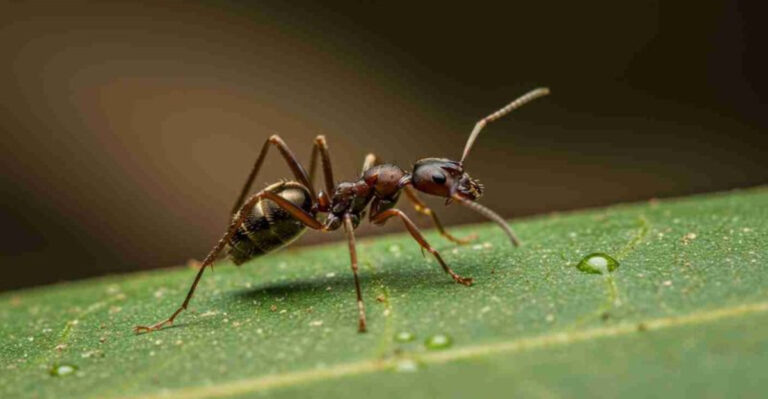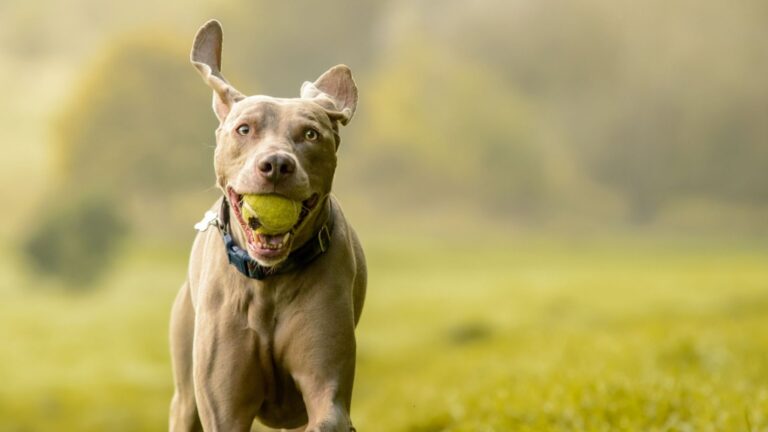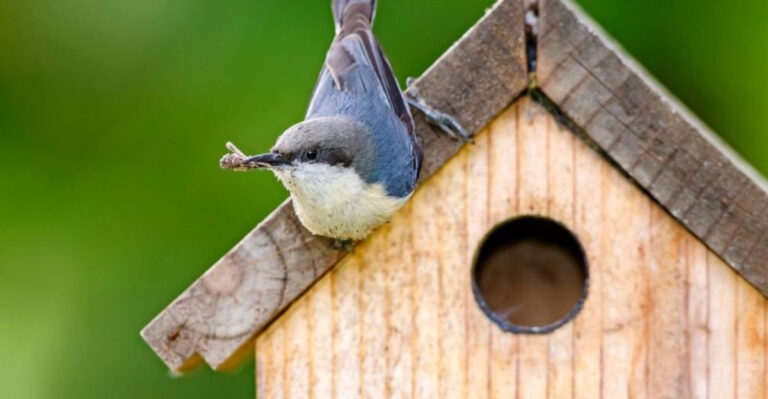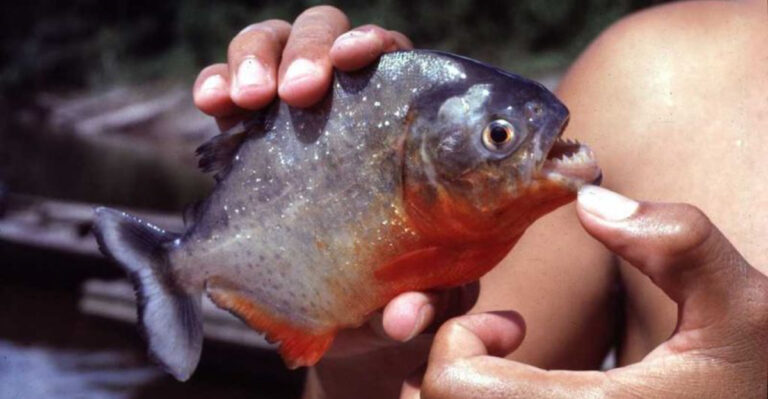Elusive Predator, Once Hunted To Extinction, Makes A Stunning Comeback In Its Original Territory
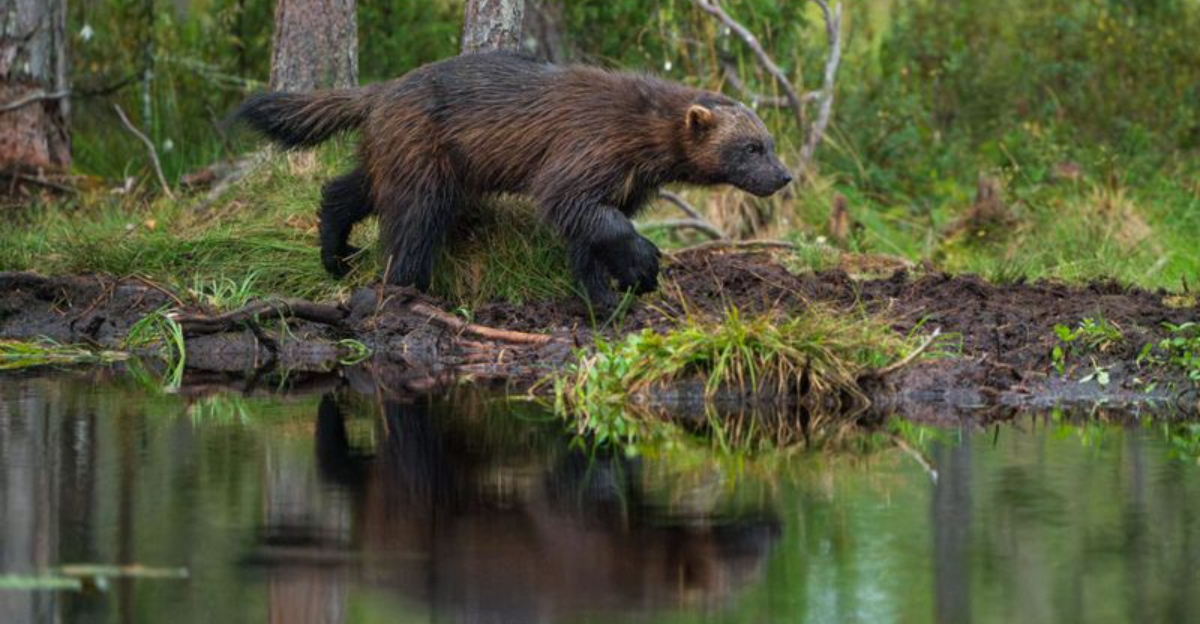
The wolverine, a fierce and solitary predator, once roamed freely across southern Finland’s forests. By the mid-20th century, relentless hunting and habitat loss pushed these remarkable creatures to the brink of extinction in the region.
Now, after decades of conservation efforts, these resilient animals are making an unexpected comeback to their ancestral territories, offering hope for wildlife recovery worldwide.
1. The Return Of The Wolverine
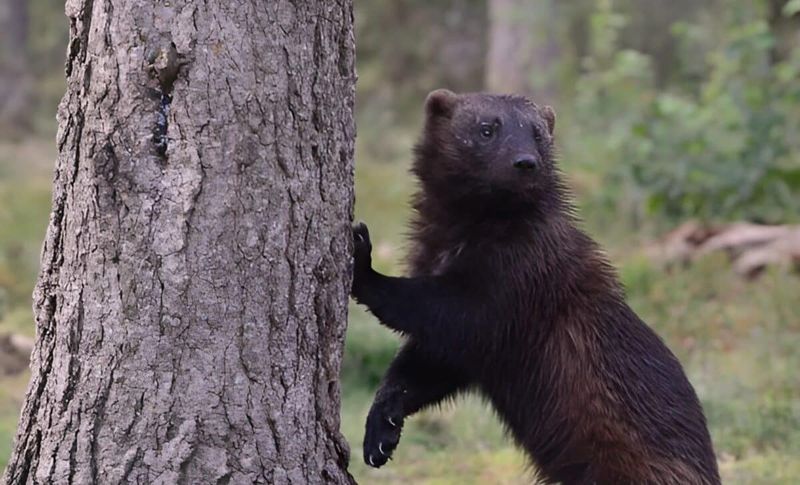
Silently padding through snow-covered forests, wolverines are reclaiming territory they haven’t inhabited for generations.
Wildlife cameras have captured increasing sightings in southern Finnish woodlands since 2010. This gradual recolonization represents one of Europe’s most remarkable predator recovery stories, happening right under our noses.
2. From Extinction To Recovery

By 1960, not a single wolverine remained in southern Finland.
The path back began with strict protection laws enacted in the 1970s. Small populations from northern regions slowly expanded southward, with breeding pairs documented by 2018. Their return story spans more than fifty years of patient conservation work.
3. How Overhunting Nearly Wiped Out The Wolverine In Southern Finland
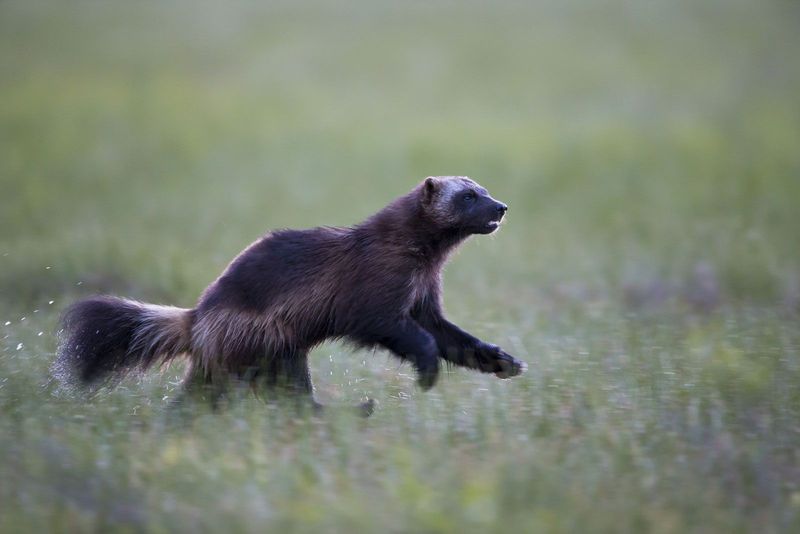
Fur traders prized wolverine pelts for their frost-resistant properties, paying premium prices that encouraged excessive hunting.
Farmers and reindeer herders viewed them as pests, setting traps and poison baits throughout their habitat. Between 1900-1950, bounties rewarded hunters for each wolverine killed, driving populations to collapse across southern regions.
4. Tracking The Wolverine
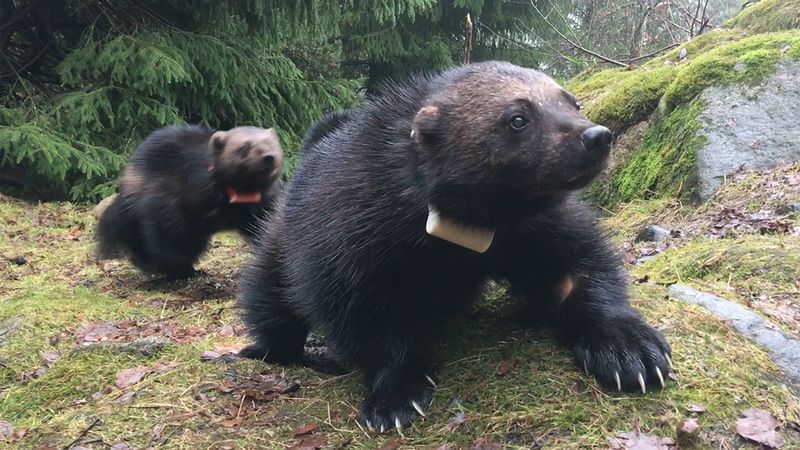
Modern tracking collars transmit GPS locations every four hours, revealing previously unknown wolverine movement patterns.
Researchers collect hair samples from baited brushes for DNA analysis, identifying individual animals and family relationships. Winter surveys follow distinctive tracks through snow, while camera traps stationed at strategic locations capture rare glimpses of these elusive creatures.
5. Wolverine Habitat In Southern Finland

Abandoned farmlands have regrown into young forests, creating ideal hunting grounds rich with small mammals.
Stricter logging regulations preserve old-growth sections where females establish dens. Climate shifts have altered snow patterns, though wolverines adapt by moving to higher elevations. Protected corridors now connect previously isolated habitat patches, allowing safe migration.
6. Why The Return Of The Wolverine Is Significant For Finland’s Ecosystem
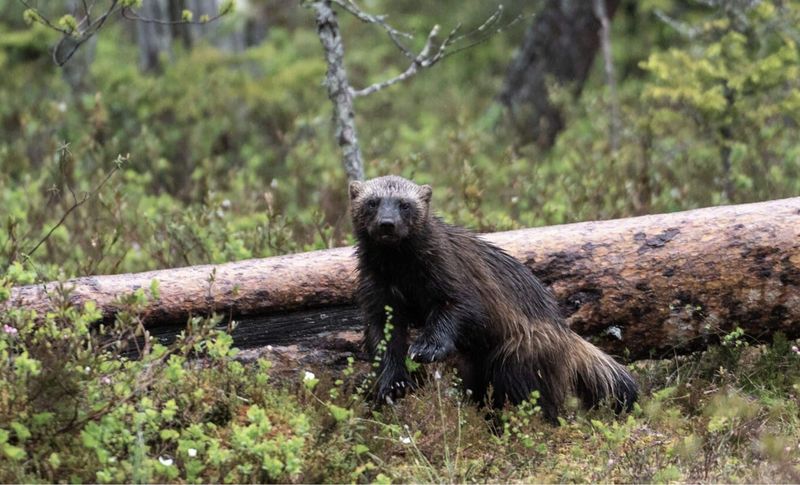
As nature’s cleanup crew, wolverines consume carrion that would otherwise spread disease among wildlife populations.
Their predation helps control moose and deer numbers, preventing overgrazing of young trees. Wolverine dens abandoned after breeding season provide shelter for smaller creatures. Their presence indicates a healthy, functioning ecosystem with sufficient food sources and minimal human disturbance.
7. Historical Range Of The Wolverine
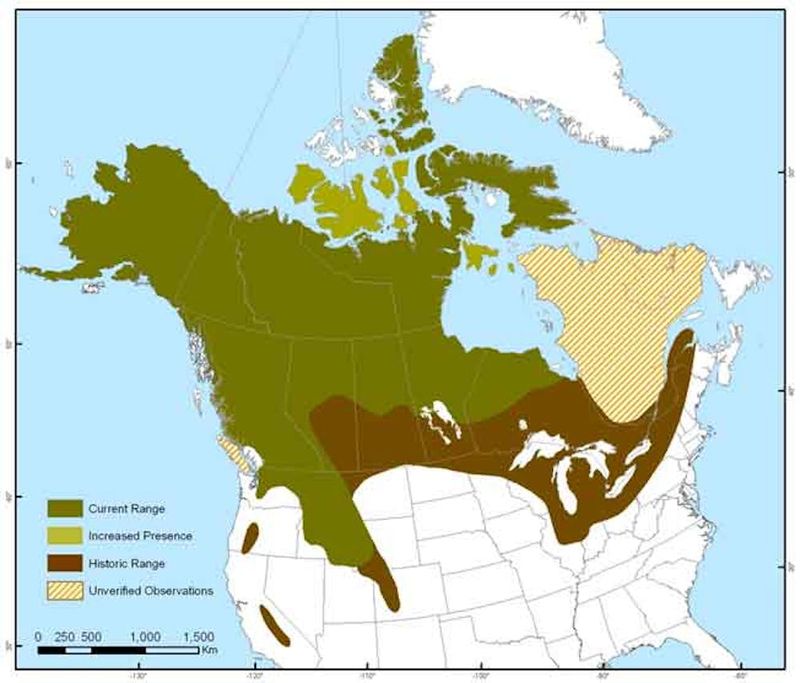
Centuries ago, wolverines thrived from Poland’s mountains to Sweden’s southern forests. Old Finnish folk tales mention wolverines in regions where they vanished by the early 1900s.
Archaeological digs have unearthed wolverine bones in southern Finnish settlements dating back to the 1500s, confirming their historical presence long before modern records began.
8. Why Wolverines Were Declared Threatened In The 1980s
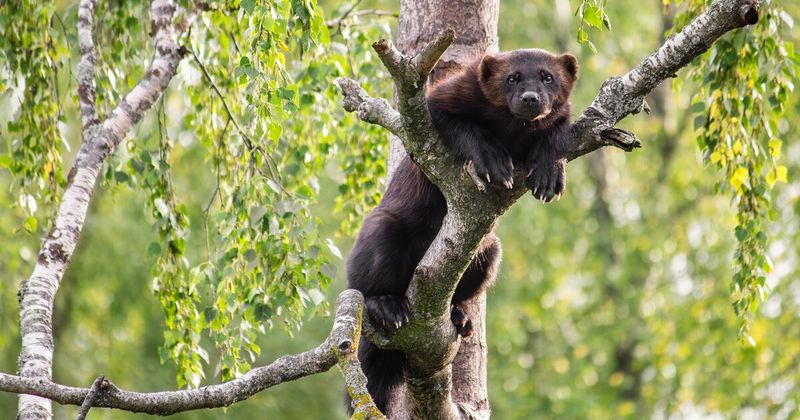
Wolverine populations plummeted to fewer than 100 individuals throughout Finland by 1980. The European Union classified them as critically endangered, imposing heavy fines for poaching.
Scientists documented their rapid decline using population models that predicted extinction within decades without intervention. Their slow reproduction rate—females typically birth only two kits every other year—made recovery especially challenging.
9. Conservation Efforts Behind The Wolverine’s Comeback
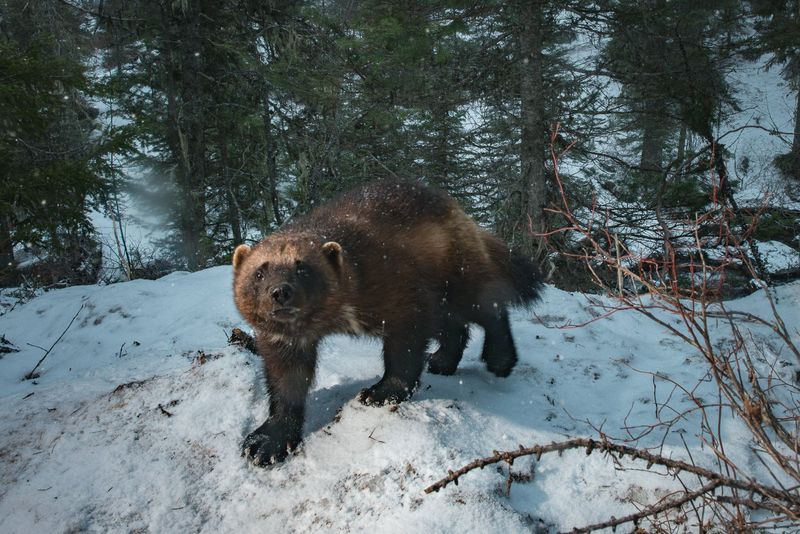
Artificial den sites built by conservationists provide safe birthing spaces in recovering forests. Community education programs transformed public perception from fear to appreciation.
Rangers patrol protected areas to prevent poaching, while wildlife crossings over highways reduce fatal collisions. Compensation programs reimburse farmers for rare livestock losses, reducing retaliatory killings.
10. The Role Of Northern Regions In Wolverine Conservation
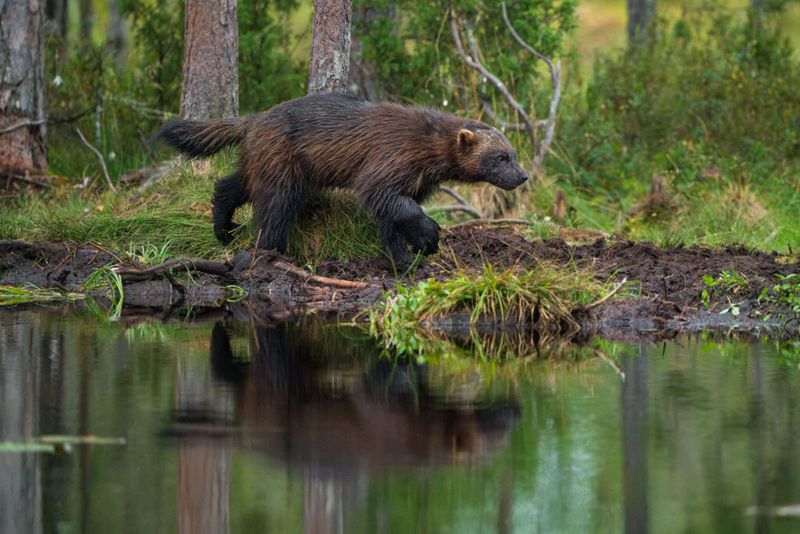
Lapland’s vast wilderness served as a crucial refuge when wolverines disappeared elsewhere. Healthy northern populations became the genetic reservoir for southern recovery.
Cross-border cooperation between Finland, Sweden, Norway and Russia created the world’s largest wolverine protection zone. Indigenous Sami knowledge contributed valuable insights about wolverine behavior that shaped modern conservation strategies.
11. The Resilience Of The Wolverine
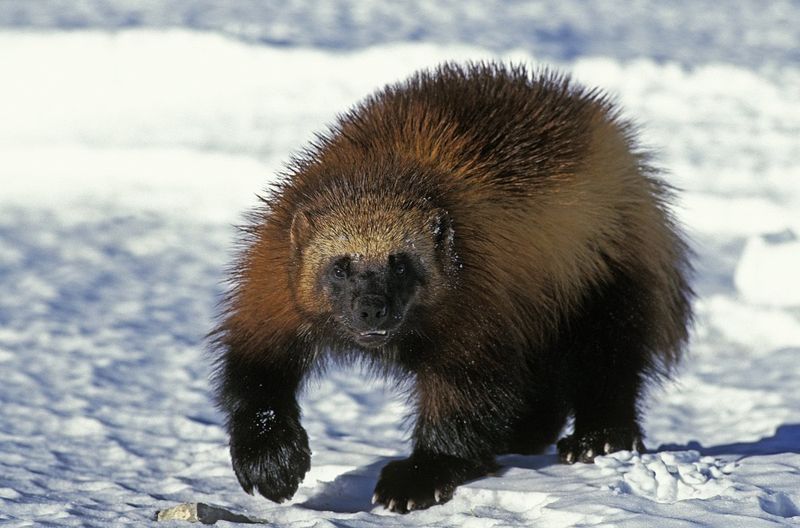
Specialized wide paws act like natural snowshoes, allowing wolverines to travel effortlessly across deep snow where competitors struggle.
Their incredible metabolism maintains body temperature in sub-zero conditions without hibernation. Powerful jaws can crush frozen meat and bones, enabling winter feeding when other predators starve. Their keen sense of smell detects carrion buried under meters of snow.
12. What Does The Wolverine’s Comeback Mean For Future Species Recoveries?
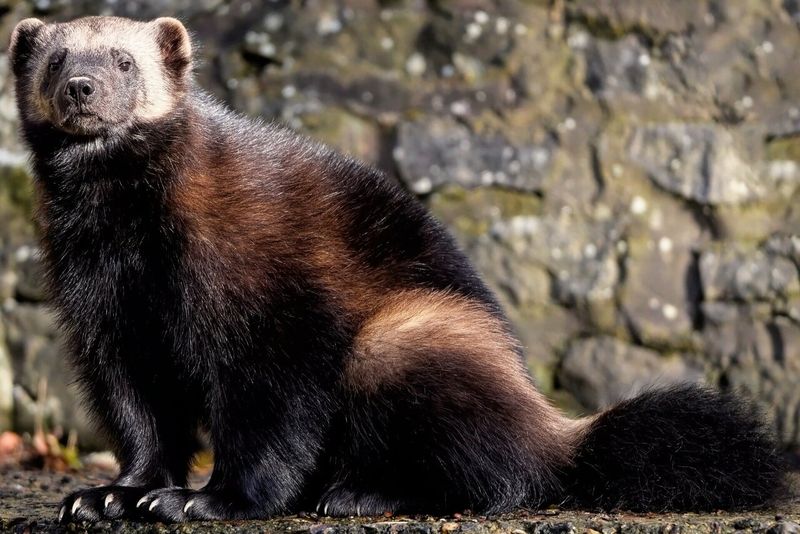
Success with wolverines provides a blueprint for lynx and wolf reintroduction programs across Europe.
Their recovery demonstrates that even slow-breeding predators can rebound with proper protection. Scientists apply lessons from wolverine conservation to endangered species worldwide. Public support for the wolverine’s return signals changing attitudes toward predator conservation.
13. Challenges Ahead For The Wolverines
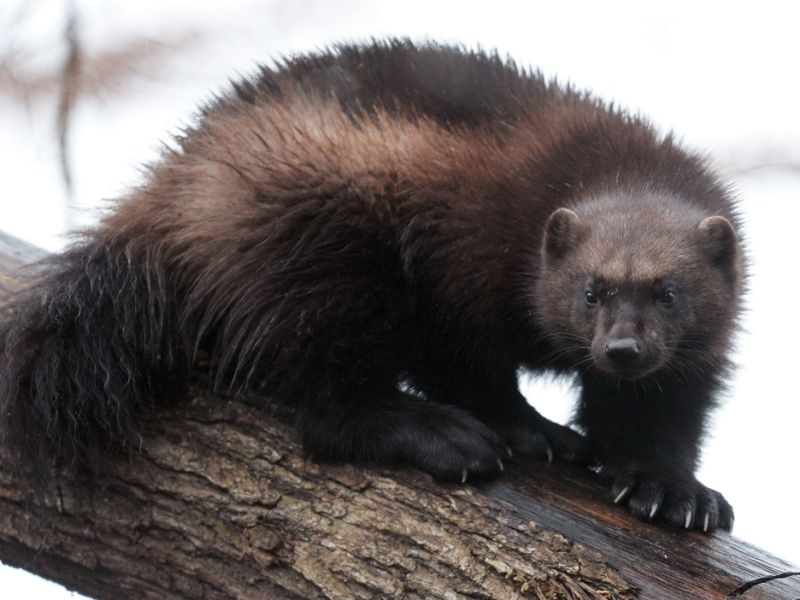
Climate change threatens the deep snow wolverines need for successful denning.
Increasing human recreation in remote areas disturbs sensitive breeding sites. Illegal poaching continues in some regions despite protection laws. Habitat fragmentation from expanding infrastructure isolates populations, while genetic diversity remains concerningly low in recently reestablished southern groups.

